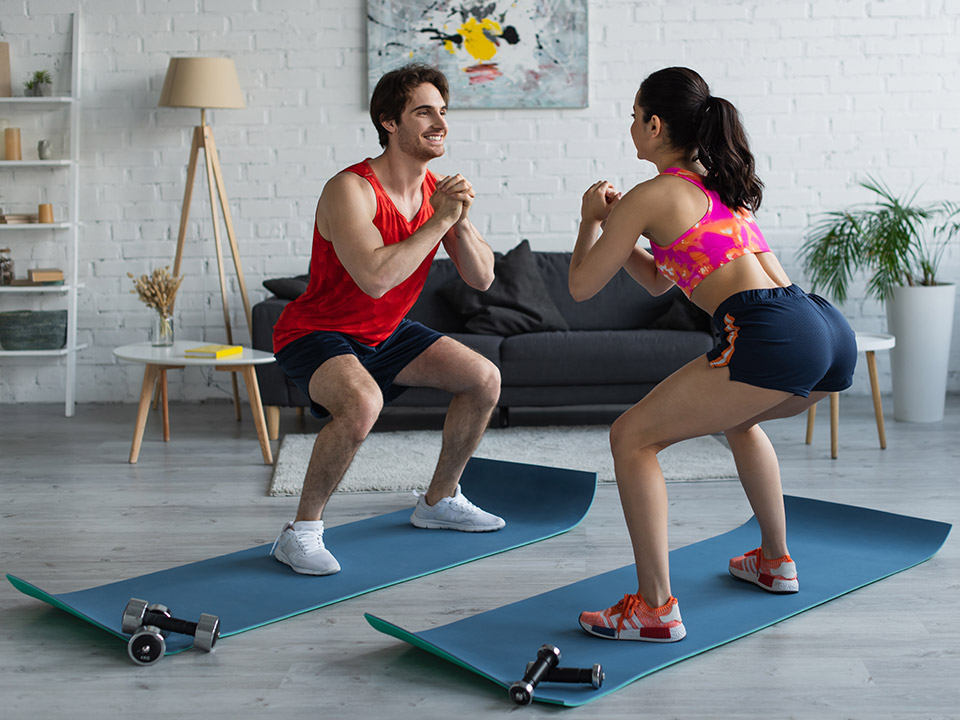Squats: More than Just a Lower Body Exercise
The humble squat is often hailed as the king of all exercises. It’s a full-body workout that primarily targets your lower body but, when performed correctly, can reap benefits for your entire physique and overall health. Whether you’re a beginner or a seasoned gym-goer, squats can be a fantastic addition to your fitness routine.
Benefits of Squats
- Full Body Workout: While squats are well-known for working your glutes, quads, and hamstrings, they also engage your core and lower back. When you add weights, your upper body and arms are engaged as well, making squats a full-body workout.
- Bone and Joint Health: Squats can improve your bone and joint health by increasing bone density and strengthening the ligaments and tendons around your major joints.
- Enhanced Mobility and Balance: Squats promote better balance and mobility, as they work on your stabilizing muscles and require control of your body movements.
- Calorie Burning: As squats engage large muscle groups, they burn more calories compared to isolation exercises. Additionally, they increase your muscle mass, which helps in burning calories even when you’re not exercising.
Squat Routines
There’s more than one way to perform a squat, making this exercise suitable for all fitness levels.
- Bodyweight Squats: The most basic form of squat, bodyweight squats are perfect for beginners and can be done anywhere. Stand with your feet hip-width apart, push your hips back, and bend your knees as if sitting in a chair. Then, push back up to standing.
- Goblet Squats: Holding a kettlebell or a dumbbell close to your chest, perform the squat. This variant increases the workout’s intensity and also targets your upper body and core.
- Barbell Squats: These are more advanced and require a barbell, which you hold on your shoulders behind your neck. Start with a lighter weight and gradually increase as your strength grows.
- Pistol Squats: This is a single-leg squat that requires considerable balance, flexibility, and strength. They are quite challenging and are recommended for advanced exercisers.
Remember, always prioritize form over the weight you’re lifting to avoid injuries.
Squat FAQs
Can squats help in weight loss?
Absolutely! As a high-intensity exercise, squats burn many calories. Additionally, they build muscle, which increases your resting metabolic rate, helping you burn calories even when not exercising.
Are squats safe for knees?
When done correctly, squats can actually strengthen your knee structures. However, if you have pre-existing knee issues, it’s best to consult with a fitness professional or a healthcare provider.
How many squats should I do a day?
This depends on your fitness level. For beginners, starting with 2 sets of 10-15 reps can be good. For more advanced exercisers, 3-5 sets of 15-20 reps can be beneficial. Always listen to your body and adjust accordingly.
Incorporating squats into your routine can offer numerous health and fitness benefits. They’re versatile, effective, and can be tailored to any fitness level. Whether you’re at home or in the gym, adding squats to your workout can help you get stronger, fitter, and healthier. Embrace the power of squats and elevate your fitness journey.

